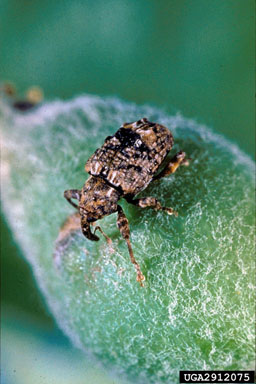Kristen Vesley writes about the Minnesota's Day-Flying Moths, Butterflies, and Their Native Food Plants talk hosted by the Como neighborhood in St. Paul in February 2012. This presentation focused on butterflies, day-flying moths, and how your garden can help them flourish. Heather Holm, horticulturist and author of the blog, “Restoring the Landscape with Native Plants,” discussed lifecycles of butterflies and moths, and their amazing adaptations and survival strategies. Here are Kristen's reflections:
On Sunday, February 19, at 2pm, horticulturalist and blogger Heather Holm shared slides and stories of her own lepidopteran encounters with a rapt roomful of people at the North Dale Recreation Center (part of a series of talks sponsored by the Como Community Council).
The focus of this talk was the importance of native plants with leaves that caterpillars eat—from trees to shrubs to vines to perennials. While "butterfly gardens" are increasingly popular, usually what's intended is attracting gorgeous butterfly adults. Equally important, according to Holm, are plants for the larval stage. Toads, frogs, bats, many birds, and others feed on larval-stage insects. (Holm's slides of neon-hued pink and blue caterpillars helped pique everyone's enthusiasm.)
A beautiful 4-color booklet from the Saint Paul Audubon Society was available for attendees describing and depicting natives that support larvae, adults, or both. (Fun fact: there are some serious specialist as well as generalist species. The Hackberry butterfly subsists entirely on hackberry trees.)
With decreasing wilderness, people were reminded, the habitats we create in urban spaces really make a difference. Further, leaving native perennial matter standing for winter interest is not an eccentric thing to do, according to Holm. Snow on bent stalks is a pretty sight, but some of those hollow stalks could even house certain overwintering butterflies (and native bees) that otherwise might perish! The best time to remove last year's dried remnants is in the spring after the ground has warmed to about 50 degrees F, usually early to middle May.
For a good introduction to this topic, the book "Bringing Nature Home: How You Can Sustain Wildlife with Native Plants, Updated and Expanded," by Douglas W. Tallamy, was suggested (note: the SPPL seems to have the earlier, slightly smaller version of this book): http://www.timberpress.com/books/bringing_nature_home/tallamy/9780881929928
To learn more, immerse yourself in Heather Holm's blog, "Restoring the Landscape," at:
http://www.restoringthelandscape.com/
A pdf of the booklet (and information on obtaining a hard copy) is available at:
http://www.saintpaulaudubon.org/publications/go-native-to-sustain-songbirds

Bringing Nature Home: How You Can Sustain Wildlife with Native Plants (Updated and Expanded) from Tiwww.timberpress.com
The perfect antidote to the belief that nature happens somewhere else. If you have a backyard, this book is for you — get outside and learn about the wildlife around you, and then do something to make a haven for species at risk.







